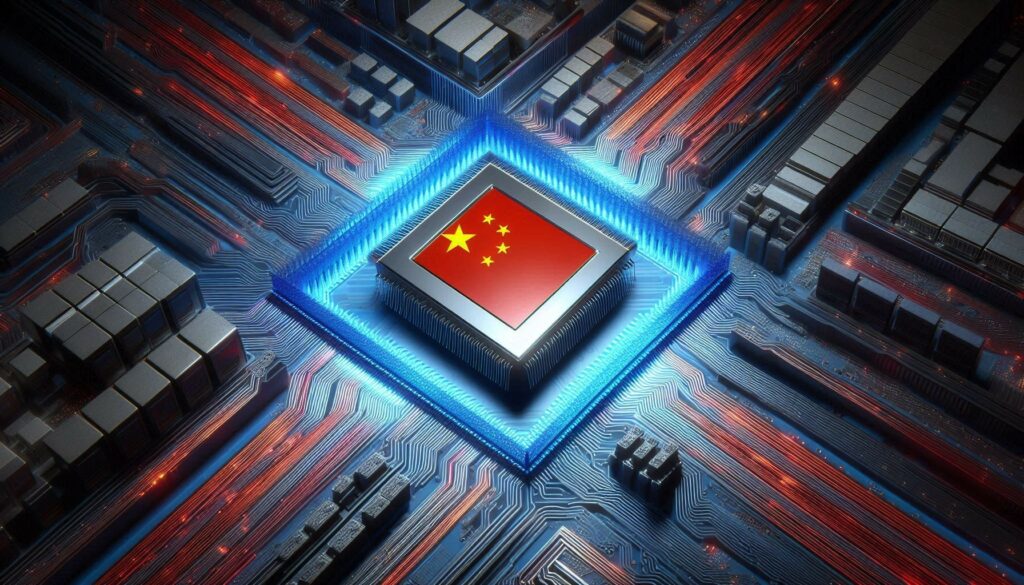
Redazione RHC : 22 October 2025 07:31
The Global Computing Consortium (GCC) officially announced the release of the group standard ” Uniform Basic Input/Output System (UBIOS) Infrastructure Specification” (T/GCC 3007-2025) on October 21. This is China’s first fully independent firmware framework, designed to support distributed architectures and hardware-software cooperation.
The initiative represents a historic milestone for China, which thus achieves its first national standard for a complete, standardized and scalable firmware system , laying the foundation for a truly autonomous technology ecosystem.
The technical document was prepared by 13 institutions and companies , including the China Electronics Standardization Institute, Huawei Technologies Co., Ltd., Nanjing Baiao Software Co., Ltd., and Kunlun Technology (Beijing) Co., Ltd ..
Unlike the UEFI (Unified Extensible Firmware Interface) standard, UBIOS is not a simple evolution or partial compatibility, but a system completely rebuilt from the ground up from the BIOS. The new framework introduces key elements such as native heterogeneous support, loose coupling, distribution, abstraction, unification, and broad scalability .
In the computing context, the BIOS is often referred to as the “soul of the system ,” as it manages hardware initialization, physical layer abstraction, and boot media discovery. It therefore represents the essential software layer on which every operating system is based.
Over the past twenty years, UEFI has progressively replaced the traditional BIOS, establishing itself as the predominant solution in the general-purpose computer industry thanks to its stability and consolidated ecosystem. However, over time, significant structural limitations have emerged.
Its reference implementation, Tiano , suffers from overly complex code, low throughput, and high coupling between modules, making it difficult to adapt to emerging technologies such as heterogeneous computing and chiplets .
Furthermore, the design of UEFI itself is closely tied to the Intel and Microsoft ecosystem , with device detection logic and an operating system loading interface built primarily for the x86 architecture and the ACPI model.
While UEFI has been extended to new architectures such as ARM, RISC-V, and LoongArch over the years, these integrations have proven to be partial and rigid, without eliminating the dependency on the original design foundation.
In a geopolitical context where autonomous technological control is a strategic priority, UEFI’s dependence on foreign ecosystems has become increasingly problematic.
With the introduction of UBIOS, China aims to overcome the structural limitations of previous firmware and build an independent and fully controllable core platform that can support the future development of its own computing systems.
 Redazione
Redazione